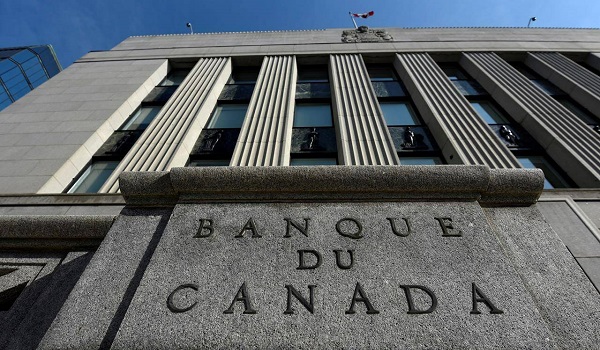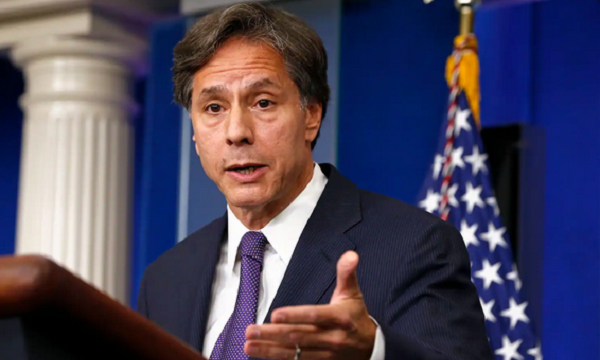Bank of Canada keeps interest rate steady for third consecutive time
The Bank of Canada held interest rates steady for the third straight decision but warned that it is still prepared to hike again, opting for a hawkish message in the face of market speculation that interest rates have peaked and cuts are coming next year.
As widely expected, the central bank kept its policy rate at 5 per cent, where it has been since the last rate hike in July. The bank has pushed interest rates up aggressively over the past year and a half to combat the biggest surge of inflation in decades.
“Governing council is still concerned about risks to the outlook for inflation and remains prepared to raise the policy rate further if needed,” the bank said in its one-page announcement, reiterating earlier warnings.
At the same time, it said that high borrowing costs are working to curb spending and that there are signs the Canadian economy is “no longer in excess demand.”
Economists were watching the announcement for signs of a pivot from Governor Tiff Macklem and his team. The annual rate of inflation has fallen to near the upper end of the bank’s 1 per cent to 3 per cent control range and economic growth in Canada has stalled in recent quarters. That’s led to market speculation that the bank is done tightening monetary policy and could start lowering rates by the middle of next year.

However, the bank gave few hints that it is preparing to cut rates any time soon. Everything it says moves bond markets, and policy makers may be wary of driving bond yields lower and prematurely loosening financial conditions. Yields on long-term bonds have already fallen sharply over the past month from their October peak, as investors have moved away from assuming that central banks will keep interest rates “higher for longer.” That has taken mortgage rates lower.
The purpose of high interest rates is to slow down spending and investment to reduce upward pressure on the price of goods and services. After 10 rate increases since March 2022, tight monetary policy appears to be working.
“Consumption growth in the last two quarters was close to zero, and business investment has been volatile but essentially flat over the past year,” the bank said. The labour market is also easing, with the rate of unemployment moving up to 5.8 per cent from 5 per cent at the start of the year. Although wage growth remains higher than the bank would like to see.
So far the Canadian economy has avoided a recession, and the central bank is forecasting low, but still positive growth for the next several quarters. However, Mr. Macklem has warned in recent months that the path to a “soft landing,” where inflation falls back to the bank’s target without a significant downturn, has become narrower.

Economic weakness is feeding through to inflation. The annual rate of Consumer Price Index growth was 3.1 per cent in October, down from a peak of 8.1 per cent in the summer of 2022. The bank targets 2 per cent CPI inflation.
While price pressures are easing overall, there are still pockets of high inflation. Shelter costs, in particular, continue to surge. Rent was up 8.2 per cent in October from a year before. Mortgage interest costs, which are directly tied to Bank of Canada policy decisions, were up 30.5 per cent, year-on-year.
Looking forward, the bank said it wants to see further easing in core inflation, which strips out volatile price movements. And it “continues to focus on the balance between demand and supply in the economy, inflation expectations, wage growth, and corporate pricing behaviour.”
Because interest rate changes work with a considerable lag, Mr. Macklem has said in recent months that the bank could begin lowering rates before inflation gets all the way back to 2 per cent. Its latest forecast from October shows inflation averaging around 3.5 per cent until the middle of 2024, before declining to 2 per cent by mid-2025.
Deputy governor Toni Gravelle will deliver a speech in Windsor, Ont. on Thursday explaining the rationale behind the bank’s decision.
This article was reported by The Globe and Mail














